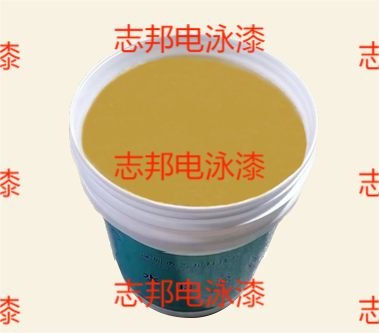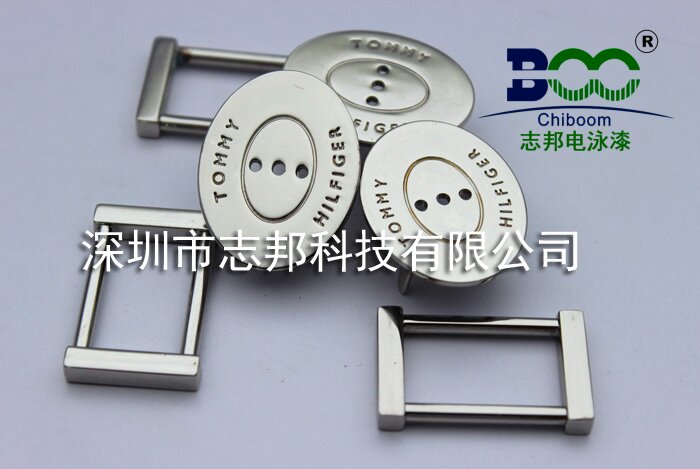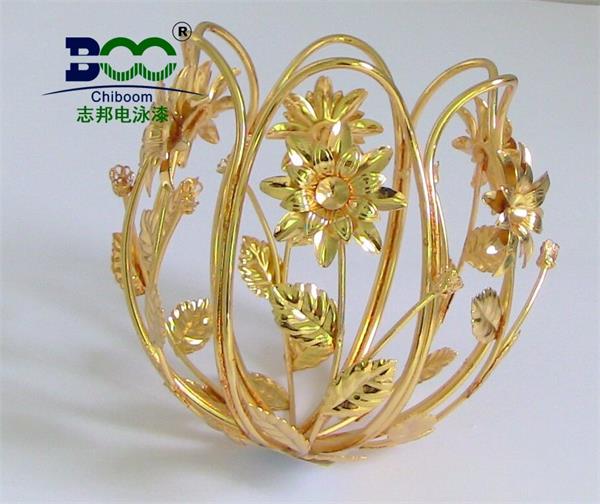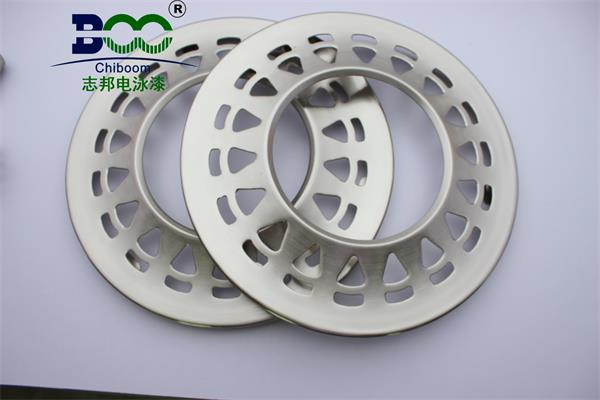What are the Main Components of Electrophoretic Paint? An In-Depth Look!
Electrophoretic painting, also known as electrocoating or e-coating, is an efficient and environmentally friendly surface treatment technology widely used in the automotive, appliance, and hardware industries. It not only provides excellent corrosion protection but also gives products a beautiful surface finish. But what exactly are the components of electrophoretic paint? Today, we’ll delve into the main components of electrophoretic paint and their functions.

The primary components of electrophoretic paint include resins, solvents, additives, pigments, and deionized water. These components collectively constitute the unique formulation of electrophoretic paint, providing it with superior coating performance and surface quality.
Firstly, resin is the core component of electrophoretic paint, determining the performance and durability of the coating. Common resin types include epoxy resins, acrylic resins, and polyurethane resins. Epoxy resins offer good adhesion, chemical resistance, and mechanical properties, making them commonly used in cathodic electrophoretic paints. Acrylic resins, on the other hand, provide excellent weatherability and gloss retention, making them suitable for coating products used outdoors. Polyurethane resins combine the advantages of both, offering higher flexibility and wear resistance.
Secondly, solvents play a role in adjusting the viscosity and fluidity of the electrophoretic paint. The choice of solvent affects the paint’s application performance and drying speed. Common solvents include water, alcohols, and ketones. With increasing environmental awareness, the use of waterborne solvents is becoming more widespread because they reduce the emission of volatile organic compounds (VOCs), making them more environmentally friendly.
Additives are crucial components in… These additives include wetting agents, leveling agents, defoamers, and anti-settling agents. Wetting agents improve the wettability of the electrophoretic paint on the workpiece surface, enhancing the adhesion of the coating. Leveling agents help create a smooth and even coating surface, reducing defects like orange peel and craters. Defoamers are used to eliminate bubbles generated during the electrophoretic process, preventing pinholes in the coating. Anti-settling agents prevent pigments and fillers from settling during storage, maintaining the stability of the electrophoretic paint.
Pigments are the coloring agents in electrophoretic paint, used to give the coating different colors and hiding power. Common pigments include inorganic pigments and organic pigments. Inorganic pigments, such as titanium dioxide and iron oxide, have good weatherability and hiding power. Organic pigments, on the other hand, offer bright colors but relatively poorer weatherability. The choice of pigment depends on the product’s intended use environment and appearance requirements.
Finally, deionized water is the dispersion medium in electrophoretic paint, used to dilute the paint and provide it with good conductivity. Deionized water removes impurity ions from the water, preventing their impact on the electrophoretic process and coating quality.
The components of electrophoretic paintare complex and diverse, with each playing an important role. By selecting and combining these components appropriately, electrophoretic paints with different properties can be formulated to meet various coating requirements. With the continuous development of technology, the components of electrophoretic paint are also being continuously optimized and improved, moving towards more environmentally friendly, efficient, and multifunctional directions. We hope this article has helped you better understand the components of electrophoretic paint and their functions. If you have any further questions or experiences to share, please feel free to comment below!





 WeChat
WeChat